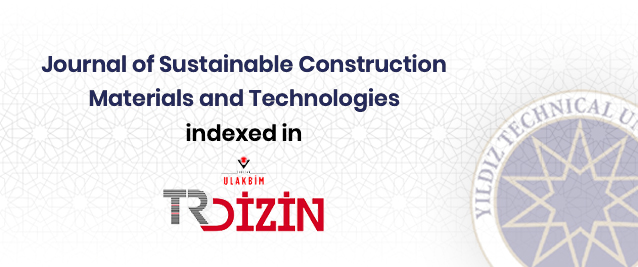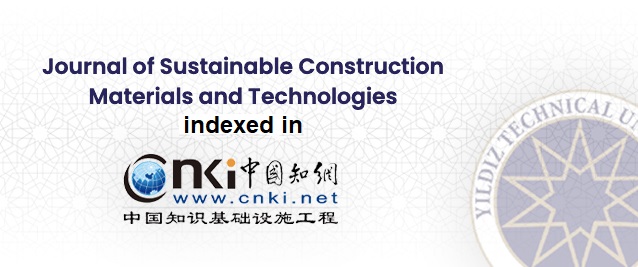2Depertment of Civil Engineering, University of Hama, Hama, Syria
Abstract
Tis work explores how the rehabilitation sector can signifcantly minimize environmental risk by restoring, maintaining, strengthening, and installing practices in rehabilitation or new construction projects. The rehabilitation of affected buildings is considered an effective strategy to reduce the impact of pollution on the construction industry and rebuild the resilience of urban communities by preserving the structures and improving their performance capacity.
Encouraging the reuse of more efficient materials and modern technologies and applying sustainability principles (Green, Local, and Digital). The results of the sample of 45 buildings surveyed and rehabilitated in the field show that around 80% are eligible, based on the building's various safety and hygienic conditions, an increasing number of affected buildings needing reconstruction, strengthening, and rehabilitation interest at percentages (17, 33, and 50) % respectively. A perspective on the indicators of failure of the building affected by the Türkiye-Syria earthquake has been presented. These were observed by analyzing the data reported and conducting field inspections of the phenomenon. The collapsed buildings index (CBI) and the main topic, the impact of rehabilitation on building sustainability, have been brought up.
















